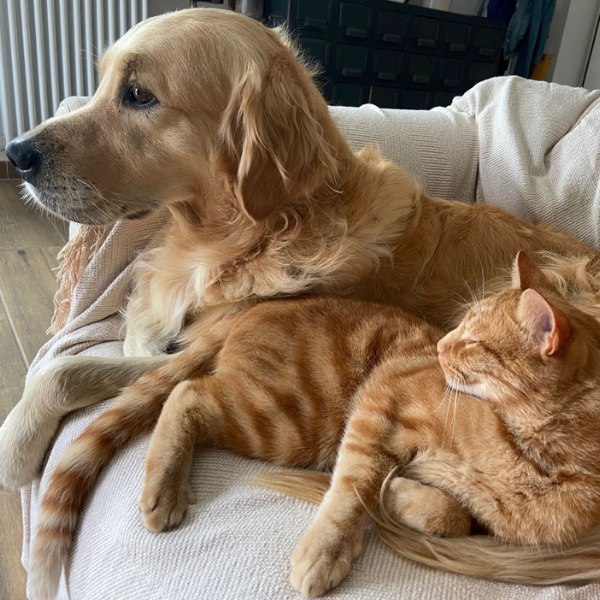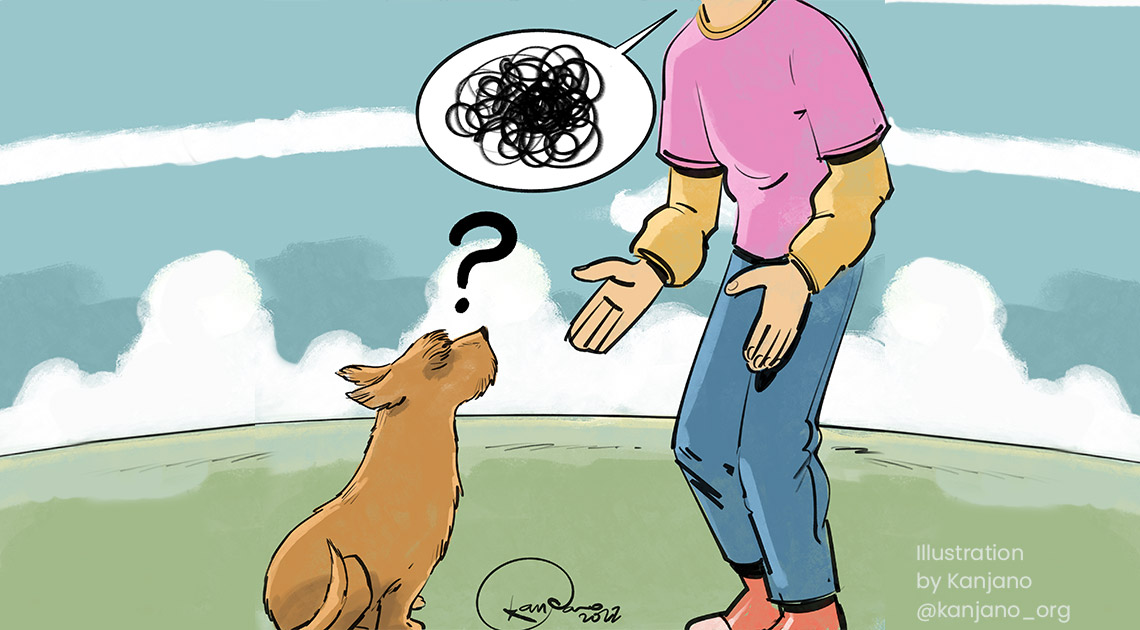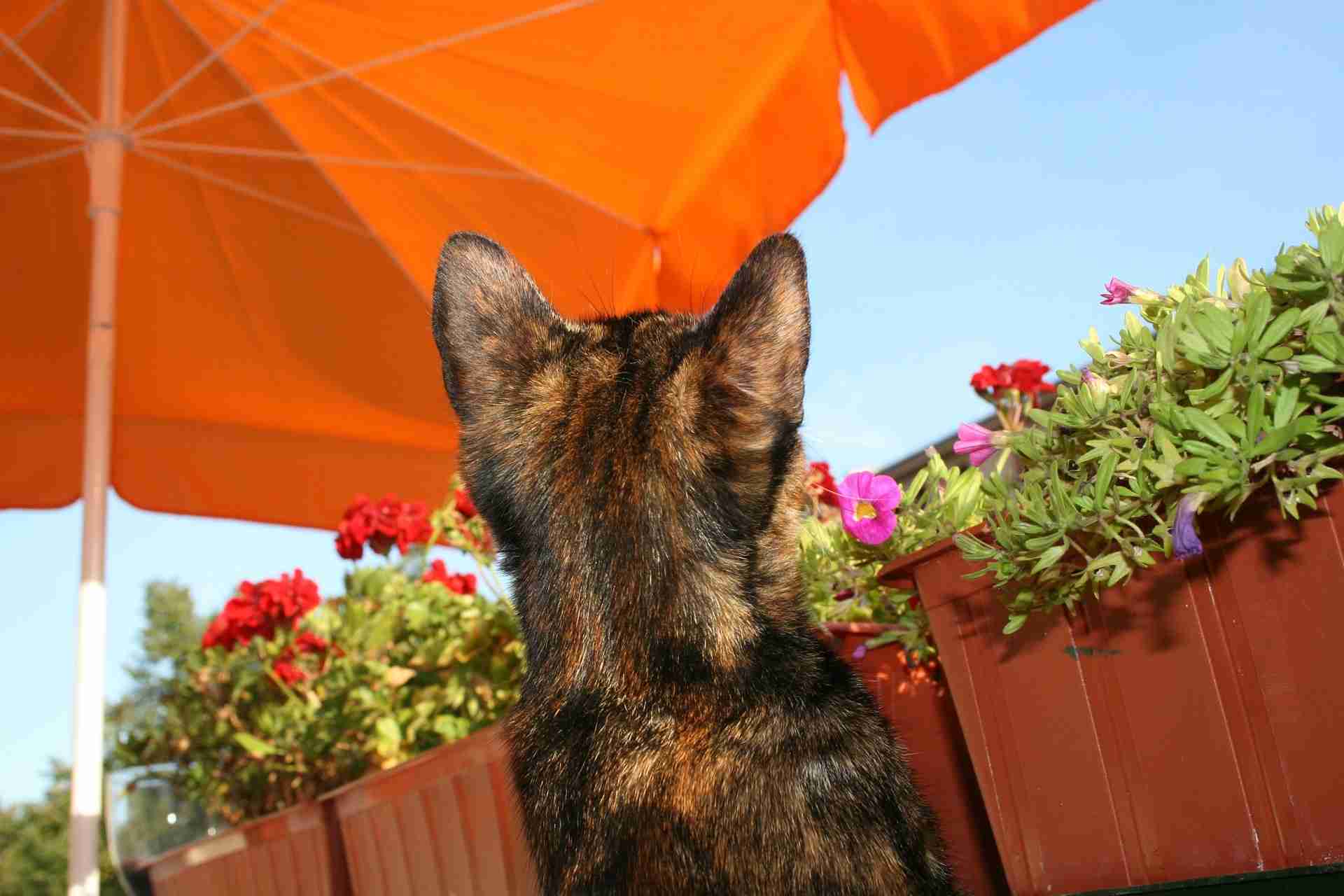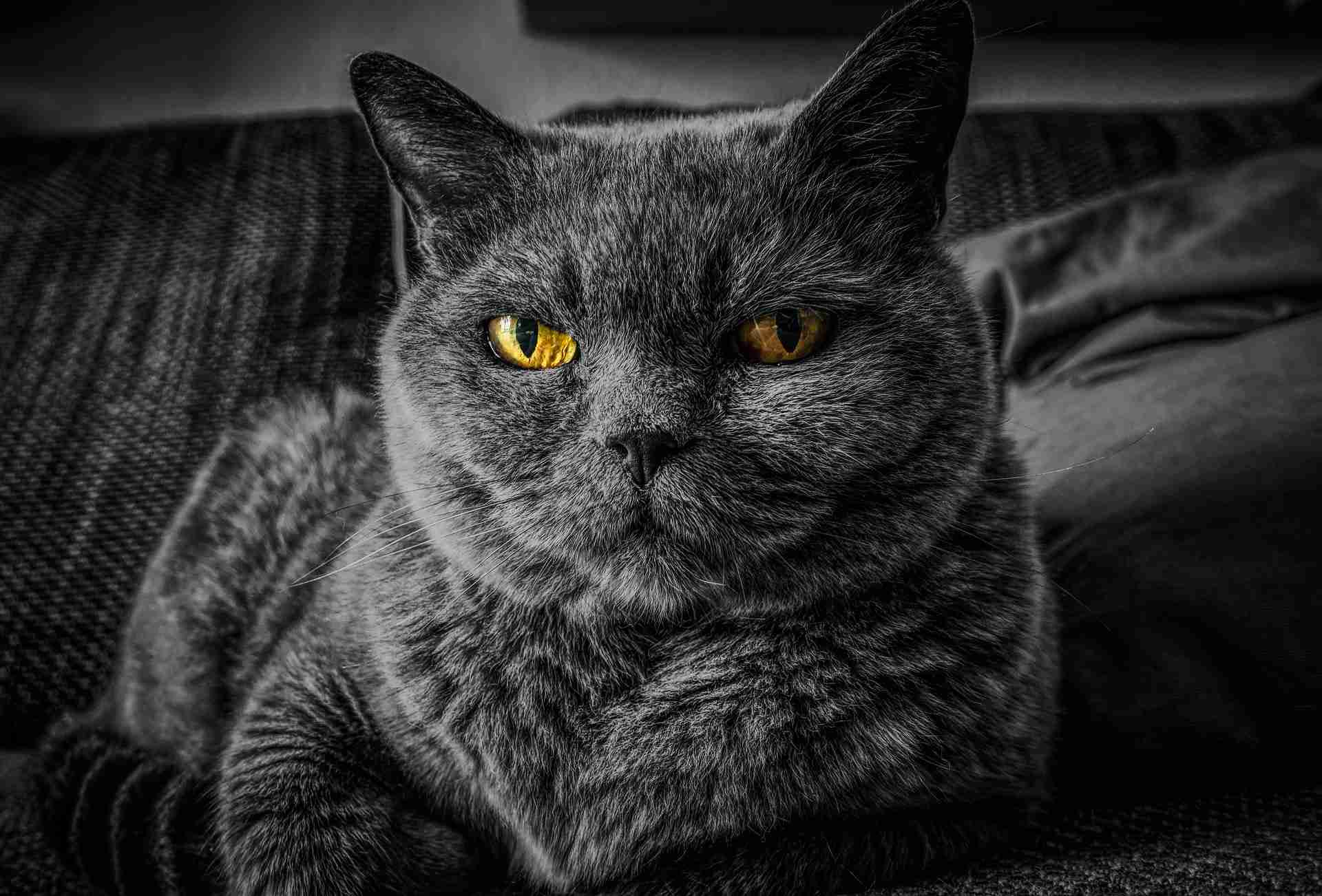Spring at last! Woof and Meow, are we prepared?
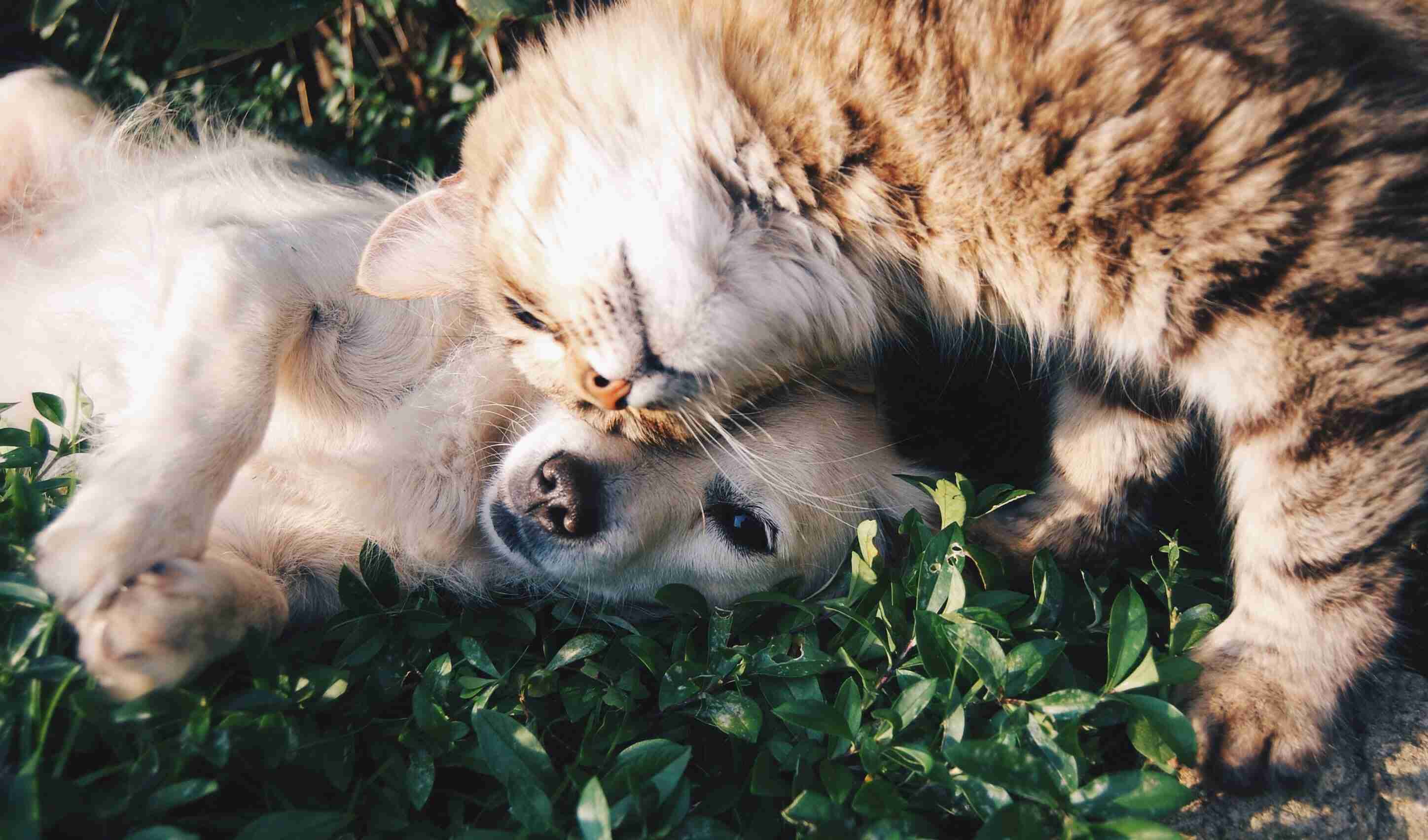
Spring, the most colourful season of the year, has arrived! Along with the spring flowers and warmer weather comes a whole host of potential hazards for our dog and cat companions. We'd like to share a selection of dos and don'ts to ensure spring passes by safely for you and your pets.
Allergies
As the nature wakes up, so do the insects!Allergies to bee, wasp or hornet stings can be very dangerous for your pets due to the effects of anaphylactic shock.Anaphylactic shock can occur in both cats and dogs, but dogs suffer from it more frequently.This doesn't mean we have to limit their freedom: if they happen to suffer from this type of allergy, just be more vigilant checking your pet for stings and consult your vet so that you know what to do in an emergency.Parasites
As the temperature rises, parasites begin to spread. Not only are they bothersome for you and your pet, they can also transmit diseases or cause infections in our little friends:ticks can infect the blood with Lyme disease, and more
fleas can cause intestinal infestations such as tapeworms
mosquito and sandflies bites – in particular when traveling with your pet in Europe – might result in filariasis or leishmaniasis
There's no need to be overly alarmed though, you should simply be aware of the problem and take some precautions – as prevention is better than cure!Your vet will be able to advise you on all the strategies you can apply to keep your pet safe and sound, according to their lifestyle (e.g. whether they venture outside, or you live in the city or countryside etc.). However our vet has provided some of the main ones below.There are many ways to help our furry friends
For instance, care should be taken during walks in meadows with tall, wet grass because these places are ideal for ticks to thrive.At dusk or at night, we can protect our pets with mosquito nets and ultrasound repellents, especially when travelling abroad.Today, there are many products on the market you can use to combat parasites. Natural remedies are growing in popularity because they are less aggressive than their chemical counterparts – and they can be a great ally.The use of these natural products varies according to the environment and the lifestyle of your pet, and they generally require a little more effort from us for them to be effective. This because their protection does not last as long as a chemical treatment does, meaning they must be reapplied several times throughout the day and just before going out for a walk.But it's a worthwhile sacrifice to respect and protect our planet!Cats, plants and flowers
Many houseplants that we buy to decorate our homes are harmful for our cats. That's why it is important to check with your vet before introducing a new one to your living space.It's impossible to give a complete list of every plant that is poisonous for your cat however it's worthwhile knowing that some of them may lead to a local reaction if swallowed, while some others can cause kidney or liver issues, or even affect the heart or central nervous system.Here's a brief list.Lilies are extremely toxic for cats and even a small amount can cause severe kidney damage if ingested
Tulip bulbs can cause severe gastroenteritis and may also affect the heart tissue, inducing cardiac disorders
Epipremnum aureum (Devil's ivy) and Spathiphyllum (like Spath or the Peace Lily) can cause severe inflammation of the lips, mouth and airways, mouth ulcers, drooling and vomiting if ingested
Azalea, rhododendron, cyclamen and chrysanthemums if ingested cause severe gastrointestinal disturbances including vomiting and diarrhoea.
Lily of the valley and the buttercup can cause low blood pressure and disorientation
What plants are cat friendly?
Mint, Thyme, Rosemary, Basil, Chamomile and many other aromatic plants can be used to decorate and perfume our house. They are totally safe and our cat will enjoy discovering and smelling them!Some other harmless ornamental plants you can consider are Lavender, African Violet, Begonia, Cornflower and Petunia.

